Fish Tool Use Documented in the Wild – (2016)
The news that a black spotted tuskfish, Choerodon schoenleinii, (Valenciennes, 1839) was observed using a tool made the hearts of ethologists race. Here you can see a few recorded examples of the behavior from different locations and species belonging to the same genus within the wrasse family. As the story goes the behavior was first observed by Scott Gardner in Australia. On November 12th 2006, Mr. Gardner did an 18-m dive in the Keppel region of the southern Great Barrier […]

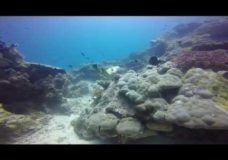
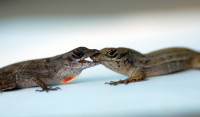
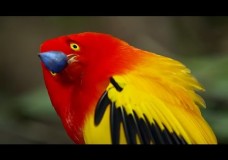


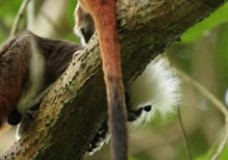

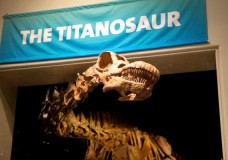
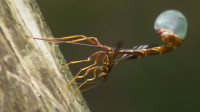
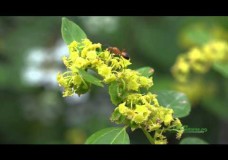
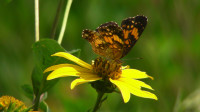
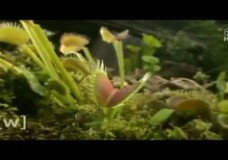

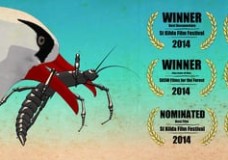
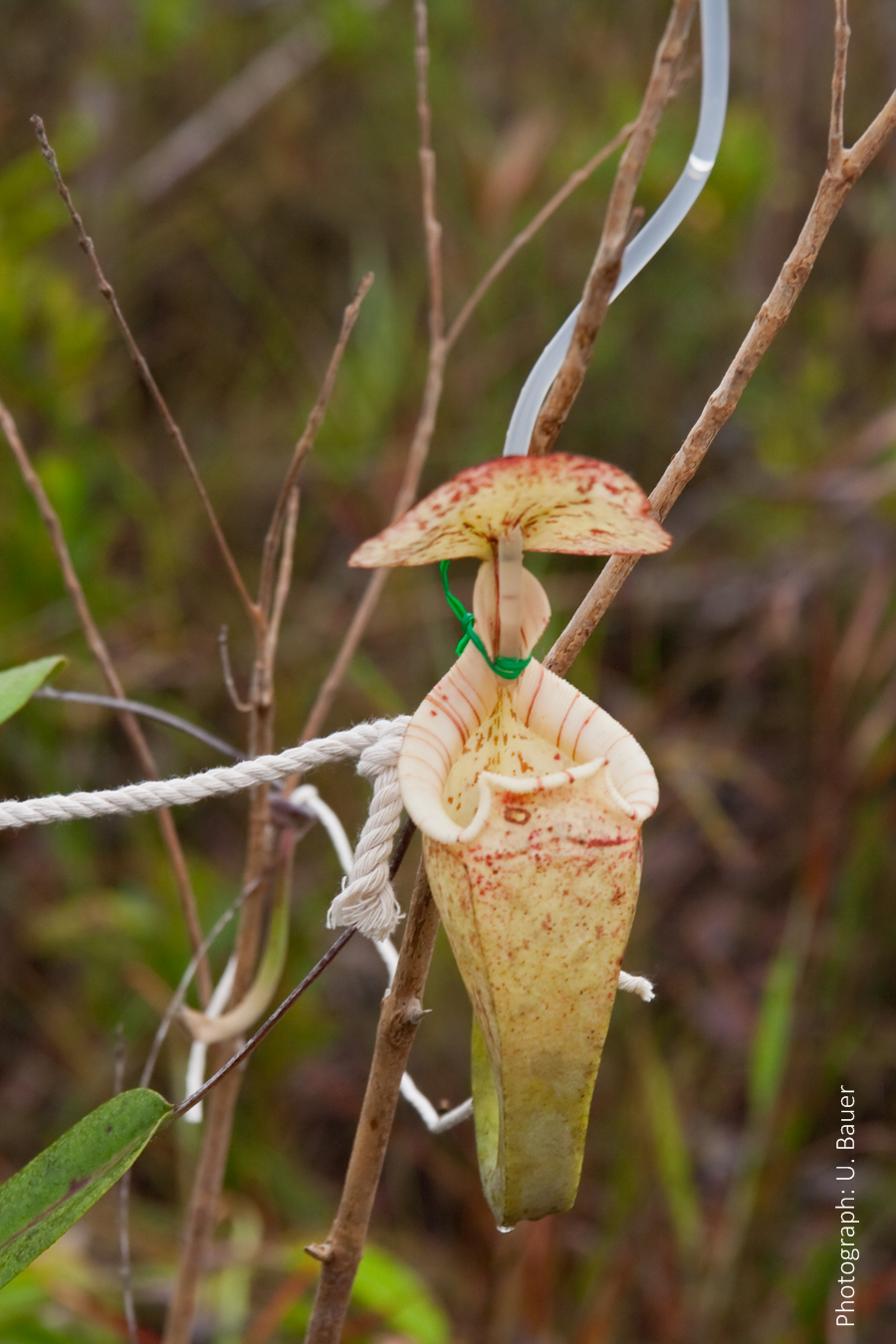

Recent Comments